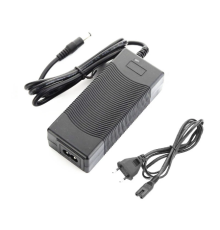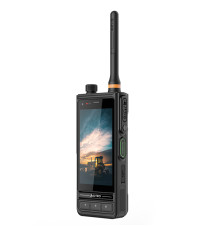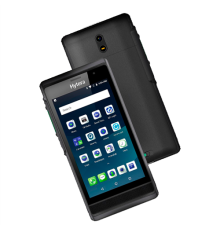Unlicensed radio communication
Unlicensed radio communication refers to radio communication that takes place on frequencies whose use does not require a special license or permit.
In accordance with the Plan for the use of the radio frequency resource of Ukraine, put into effect by the Decree of the Cabinet of Ministers of Ukraine dated June 09, 2006 No. 815, various radio frequency bands are allocated for unlicensed use. Namely:
- CB standard band (27 MHz);
- LPD standard band (433.075-434.750 MHz);
- PMR standard range (446.0-446.2 MHz);
- This can include (conditionally) a POC connection (we will consider this type of connection in a separate article).
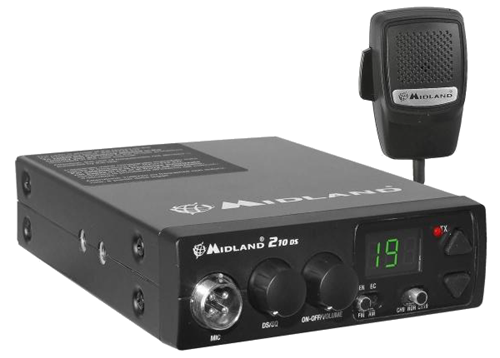
CB standard range
Worldwide, shortwave CB, short for Citizen's Band, is commonly used by motorists and truckers. The CB band is shortwave and therefore difficult to predict in terms of radio wave propagation. In conditions of dense urban development - the range is subject to household and industrial interference, which means that it does not guarantee a stable and reliable connection. In addition, it has a weak penetrating ability, therefore, it is not intended for use in urban areas. However, due to the same physical properties, outside of urban areas, the CB band signal has good cross-country ability and can be transmitted both over long distances (using reflection from the ionosphere), and is suitable for line-of-sight communications.
Characteristics:
- Frequency band: 26.960 MHz to 27.400 MHz, divided into 40 channels, in 10 kHz steps.
- Allowed types of radio frequency modulation: amplitude - AM, Frequency - FM, single-sideband - SSB
- Permitted transmitter power: for FM - carrier power no more than 4 W, AM and SSB peak power no more than 12 W.
- Approximate communication range in the СВ range is:
- Between base stations is possible at a distance of up to 30-50 km;
- Between the base station and the mobile at a distance of 15-20 km;
- Between the base station and portable at a distance of 10-15 km;
- Between mobile phones at a distance of 10-15 km;
- Between portable station and mobile station at a distance of 5-10 km;
- Between portable stations at a distance of 1.5-3 km.
Channels:
- Channel 9 is the distress and safety channel;
- Channel 19 is the international distress channel for emergencies.
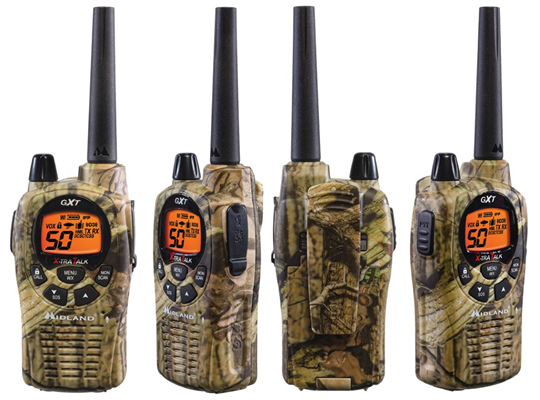
LPD standard range
LPD range, short for "Low Power Device" (eng. Low Power Device), involves the use of radio stations with built-in antennas, with a power of not more than 0.01 W without a license and without registration in Europe, including in Ukraine.
Despite the fact that the power of radio stations allowed for use is significantly limited, the location of the frequency band in the upper part of the VHF band (good penetrating power of the radio waves of the band) makes it possible to successfully use the LPD band for communication in urban areas. Man-made interference does not have a significant effect on this part of the radio spectrum. And in conditions of work in open areas, the communication range increases significantly due to the lack of buildings. An additional and very significant plus is that all equipment is very compact.
Characteristics:
- Frequency band: 433.075 - 434.750 MHz, divided into 69 channels, in 25 kHz steps;
- Allowed types of radio frequency modulation: frequency - FM;
- Permitted transmitter power: 0.01 W;
- Subtones are allowed: CTCSS and DCS;
- Indicative communication range: line of sight.
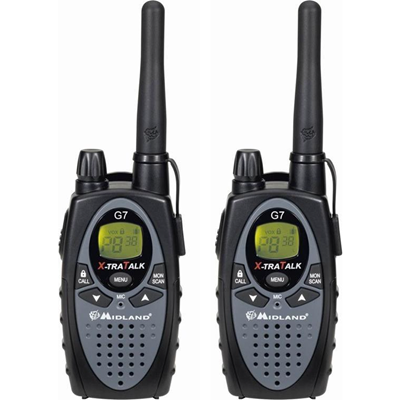
PMR standard range
The PMR standard range, short for "private mobile radio" (eng. Private Mobile Radio), involves the use of radio stations with a power of up to 0.5 W in Europe, as well as in Ukraine on a license-free basis.
The use of radio stations with increased power significantly increases the communication distance both in the city and outside the city. At the same time, radio stations of the PMR standard in Ukraine can be used on a license-free basis in accordance with the decision of the NCRC (National Commission for the Regulation of Radio Communications of Ukraine) No. 914 dated 06.09.2007. Decree of the Cabinet of Ministers No. 942 of 22.10.08, Decision of the NCRC No. 1499 of 14.05.2009 was registered with the Ministry of Justice of Ukraine under No. 654/16670 - intercoms operating in the 446 MHz frequency band do not need to be licensed. On March 31, 2020, the NCRP adopted a resolution to increase the number of analog PMR channels to 16 and 32 digital (446 MHz - 446.2 MHz) - Appendix 1 to Resolution No. 132.
Characteristics:
- Total bandwidth: 446 MHz to 446.2 MHz;
- Allowed types of radio frequency modulation: analog - FM, digital - TDMA and FDMA;
- Bandwidth for analog and digital TDMA channels: 446.00625 MHz to 446.19375 MHz divided into 16 channels in 12.5 kHz steps;
- Frequency band for digital FDMA channels: 446.003125 to 446.196875 divided into 32 channels in 6.25 kHz steps;
- Subtones are allowed: CTCSS and DCS;
- Tentative communication range: several kilometers in line of sight and tens of kilometers when using repeaters.
Channels:
- Channel 8 is commonly used as the ringing channel. Various simplex repeaters and Internet gateways with a subtone (88.5 Hz) often operate on this channel.
- Tourists for communication between groups, in many regions, use: channel 6 without subtones;
1 reviews / Write a review




